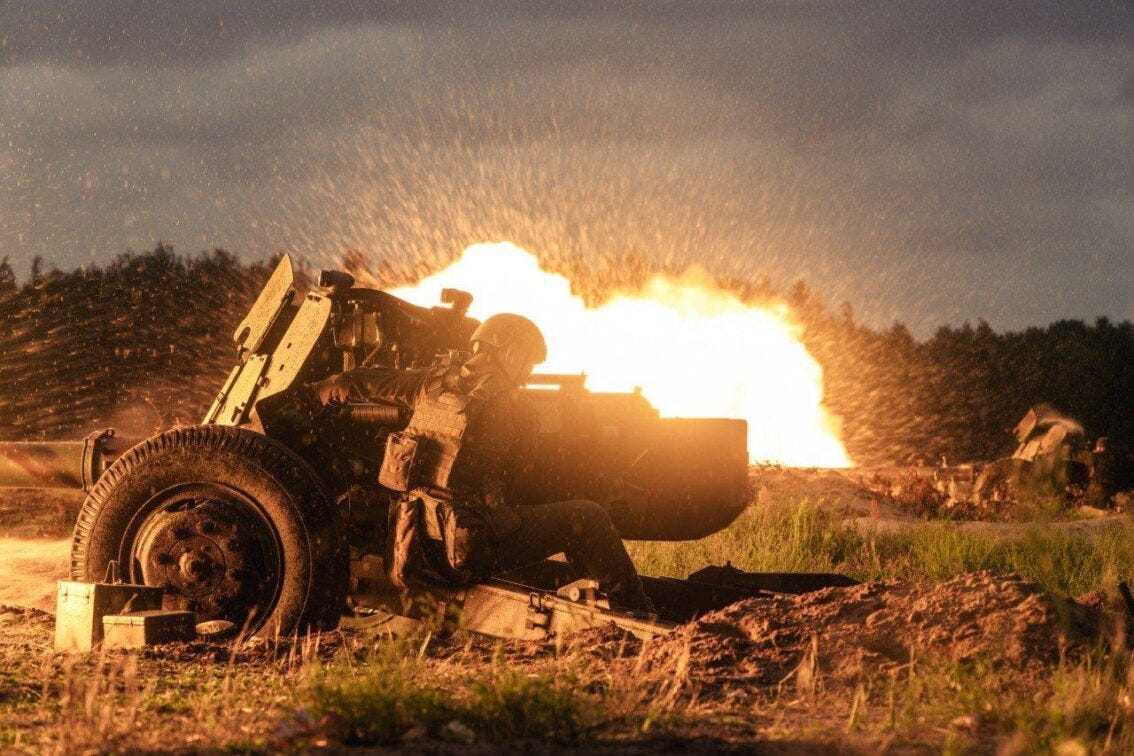My most recent update on the war in Ukraine is from two weeks ago where I did a short inventory of where things stood. It is clear that on each of these items assessed (weapons, energy, food, war crimes and the mood in Russia) we have seen developments that more or less substantiated the dire outlook I sketched out. With every step forward it feels we are taking two steps back.
On Friday there was a glimmer of hope with Ukraine and Russia signing a deal (supported by Turkey and brokered with UN help) that would unlock grain supplies stuck in Ukrainian ports. Yet within 24 hours Russian missiles rained down on Odesa, the very port were most of the grain was to be shipped from. After an initial denial Moscow pointed out that it was not meant to block the food supply lines, but merely attacking a few select military targets. They were still within the terms of the fresh agreement, so they argued. The very slim measure of trust disappeared overnight. Still, Russia does seem intent on getting grain moving to African nations in particular in order to shore up support and gain potential allies in a world where it is incredibly lonely. Yet at the same time they are clear that nothing, not even food, dollars and influence, can be traded away for achieving the core goal: destroying Ukraine.
Same on energy which keeps flowing from Russia to its Western European end users (any thoughts around sanctions notwithstanding), with Moscow manipulating the pace at which it flows. Consequently, the outlook for the European winter continues to be problematic and this continues to filter through into higher energy prices globally. Note that a number of gas pipelines run through Ukraine which reluctantly lets the fuel flow to Europe, any stoppage would risk unwanted pressure from the very parties on whose support for weapons and other goods it relies. Europe remains in reactive mode stockpiling gas ahead of the winter with the Russians playing the long term game: manipulating the process and thereby creating political fractures in the opposing, western European camp.
So it is clear that whatever progress is made by Putin on the battlefield - and the reports on that are often contradictory - he is ahead diplomatically by setting the terms on food and energy. That then automatically deals with the item ’the mood in Russia’ which cannot be bad in particular given the slow pace at which NATO delivers much needed advanced weaponry to Ukraine. Apparently German deliveries were down in June and US weapons - while very effective - find their way to the battlefield only slowly. A far more rapid deployment of effective arms is necessary to change the ground situation in Ukraine’s favour. A stalemate is Russia’s gain.
And Ukrainians needs a game changer fast as economic and humanitarian conditions keep deteriorating. That brings me to the fifth piece of the analytical tool set: civilian suffering. Not only do the atrocities continue - the horror stories for instance from Vinnytsia are just dreadful - and so are the reports from occupied areas where ‘russification’ is in full swing. There is no pause in Russian pressure to end the Ukrainian way of life.
So the war is in an apparent impasse. No meaningful movements on the battlefield that could help precipitate a cease fire or some other diplomatic solution. On the contrary, by playing the levers of food and energy Russia remains ahead of all parties in taking the initiative while keeping the actual fight going. And a somewhat divided west cannot bring itself to try and get the upper hand in any of these areas while Ukrainians continue to suffer, a fate that will be a lot darker once winter comes around.



